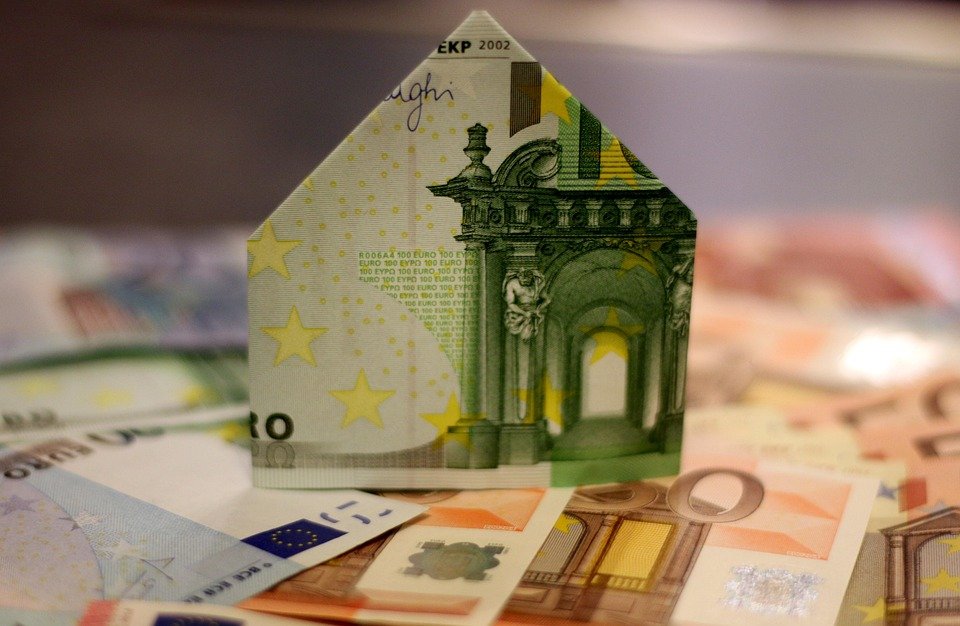
Global Construction Loan Rates in 2025
Explore construction loan rates in 2025 with this global guide. Learn how to qualify, what to expect, and how to save on your building finance.
Understanding Construction Loan Rates in Today’s Market
If you’re planning to build a house, renovate a commercial property, or undertake a large development, you’ll likely need a construction loan. Unlike traditional mortgages, construction loans are short-term, high-risk loans that fund the actual building process. These loans come with unique terms — and their interest rates, known as construction loan rates, can significantly impact your total project cost with current cost and construction workers salary.
In 2025, rising global interest rates, inflation control efforts, and lender competition have all influenced construction loan rates. Whether you’re in the United States, Australia, Europe, or Asia, understanding the current loan landscape can help you make smarter financial decisions before you break ground.
What Is a Construction Loan?
A construction loan is a short-term financing option used to cover the cost of:
- Land acquisition
- Permits and fees
- Materials and equipment
- Labor and construction services
These loans are typically interest-only during the building phase and convert to a traditional mortgage or balloon payment upon completion.
How Are Construction Loan Rates Determined?
Lenders set construction loan rates based on several key factors:
- Base interest rates (benchmark lending rates)
Central bank rates influence what commercial banks offer to borrowers. - Loan-to-cost (LTC) ratio
How much of your construction costs are covered by the loan. Lower LTC = lower risk for the lender = better rate. - Borrower creditworthiness
Your credit score, income, debt-to-income ratio, and financial history. - Project risk profile
Residential projects tend to get better rates than commercial or speculative builds. - Lender policy
Banks, credit unions, and private lenders all set rates differently depending on market goals.
Typical Construction Loan Rates by Region (2025)
| Region | Average Rate (Annual %) | Notes |
|---|---|---|
| USA | 7.0% – 9.0% | Higher due to inflation-fighting policies |
| UK / Western Europe | 5.5% – 7.5% | Competitive lending from both banks and private funds |
| Australia | 6.0% – 8.0% | RBA rate hikes affecting home construction loans |
| China | 4.5% – 6.5% | Subsidized government lending for infrastructure |
| Southeast Asia | 5.0% – 7.5% | Higher risk premiums on private land builds |
| Africa | 10.0% – 14.0% | High due to inflation and underdeveloped mortgage systems |
Types of Construction Loans
| Loan Type | Best For | Key Features |
|---|---|---|
| Construction-to-Permanent | Homeowners building a primary home | One-time close, converts to mortgage after completion |
| Stand-Alone Construction Loan | Investors or developers | Two loans: one for building, another for long-term financing |
| Owner-Builder Loan | Licensed builders constructing own home | Requires experience or licensing |
| Renovation Construction Loan | Major remodels or structural upgrades | Based on future value of improved property |
Fixed vs Variable Construction Loan Rates
Most construction loans are variable — the rate can change during the build based on market conditions. However, some lenders offer fixed-rate construction-to-permanent loans, especially in residential projects.
| Rate Type | Pros | Cons |
|---|---|---|
| Fixed | Predictable payments | May be higher than market rate |
| Variable | Starts lower, can adjust with market | Budget risk if interest rates spike |
Best Construction Loan Lenders in 2025 (by Region)
| Region | Recommended Lenders | Why They Stand Out |
|---|---|---|
| USA | Wells Fargo, U.S. Bank, Chase | National reach, flexible draw schedules |
| UK | Barclays, Halifax, Virgin Money | Low closing fees, staged payments |
| Australia | NAB, Westpac, Bank of Queensland | Fixed+variable hybrid loan options |
| China | ICBC, China Construction Bank, Bank of China | Government-supported lending, fast approvals |
| Africa | Stanbic Bank, Ecobank, First Bank | Developer partnerships, real estate loan bundles |
| Southeast Asia | DBS, OCBC, BDO, Siam Commercial Bank | Competitive rates for expat investors & developers |
How to Qualify for the Best Construction Loan Rates
Getting a low construction loan rate in 2025 takes preparation. Here’s how to position yourself:
- Improve your credit score
A 720+ score often qualifies for the best rates. - Prepare a complete construction plan
Include drawings, contractor bids, budgets, and timelines. - Put down a large deposit
Aim for 20%–30% of the total cost to reduce lender risk. - Choose experienced contractors
Lenders prefer GCs with a solid portfolio and licenses. - Work with a construction loan broker
They help match your project with the best-fit lenders.
Hidden Fees to Watch Out For
Besides interest rates, be aware of:
- Origination fees (0.5%–2.5%)
- Inspection fees (per draw request)
- Admin/processing charges
- Conversion fees (when shifting to permanent loan)
- Prepayment penalties
Always ask for a Loan Estimate and Closing Disclosure to review full costs.
Tips for Managing a Construction Loan
- Draw Schedule: Funds are released in stages — keep projects on track for payment.
- Contingency Budget: Always factor in 10%–15% more than the quoted cost.
- Stay in communication with your lender to avoid delays in fund disbursement.
- Document everything: Change orders, delays, site inspections — lenders may request proof.
Pros and Cons of Construction Loans
| Pros | Cons |
|---|---|
| Tailored for building projects | Higher interest rates than traditional mortgages |
| Staged disbursement aligns with progress | Requires detailed planning and documentation |
| May convert into mortgage automatically | Can be difficult to qualify for |
| Flexible loan structures available | Cost overruns can impact financing availability |
Construction Loan Rates vs Traditional Mortgages
| Loan Type | Interest Rate Range (2025) | Typical Use |
|---|---|---|
| Construction Loan | 6.0% – 12.0% | Short-term funding to build |
| Fixed Mortgage (30 yr) | 5.5% – 7.0% | Long-term home financing |
| Adjustable Mortgage | 5.0% – 6.5% | Lower initial rates, riskier |
Construction loans usually carry 1%–3% higher interest rates than conventional loans because they represent a greater risk to lenders.
Who Should Consider a Construction Loan?
- First-time homebuilders
- Developers building rental or commercial units
- Homeowners doing major renovations
- Contractors with owner-builder status
- Real estate investors flipping property with structural changes
If you’re unsure whether you need a construction loan or renovation financing, speak with both a lender and a licensed general contractor to assess your project’s scope.
The Bottom Line
Construction loan rates in 2025 reflect a complex economic landscape, with regional variation, lender policy shifts, and inflationary pressures all in play. But with smart planning, strong credit, and the right lender, you can fund your dream build or expansion on terms that make financial sense. Whether you’re constructing a villa in Thailand or a townhouse in Sydney, understanding construction loan rates can make the difference between a manageable investment and a financial misstep.








